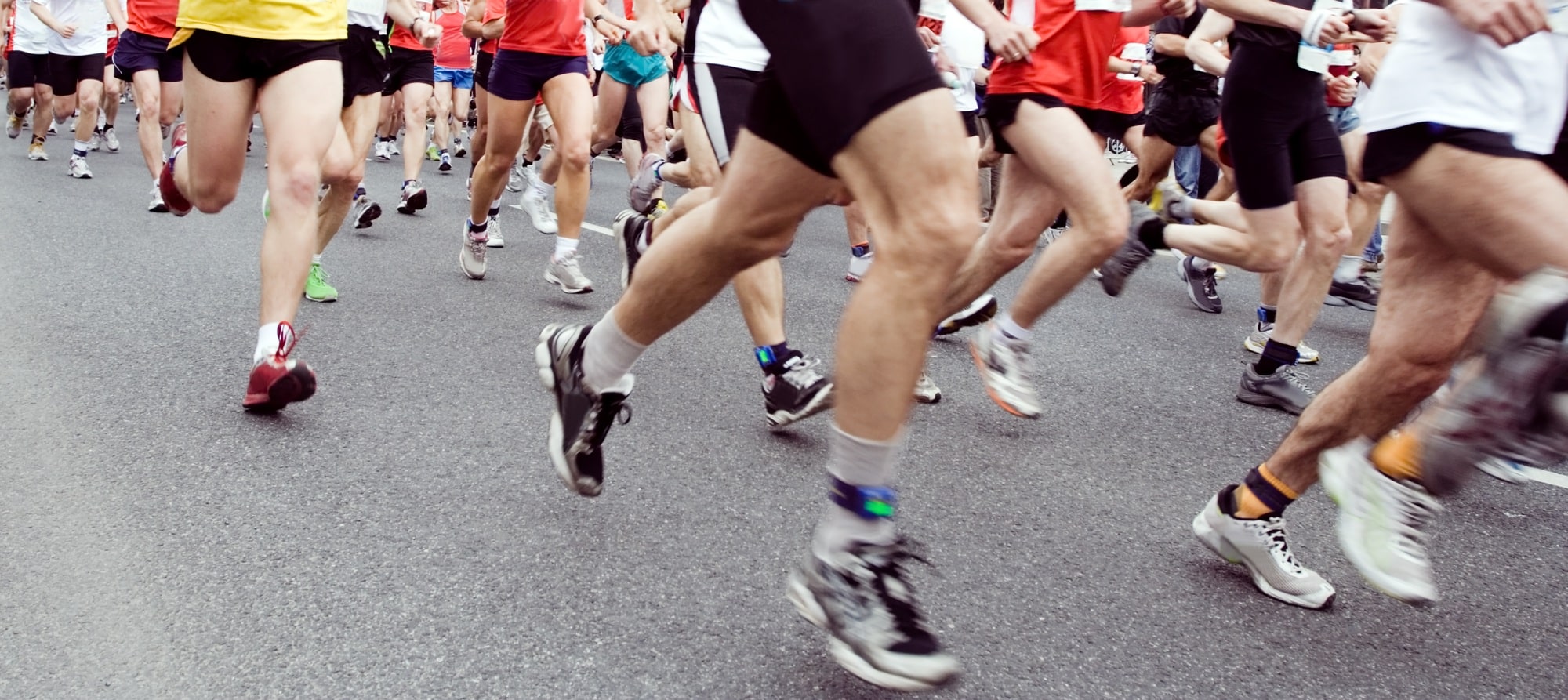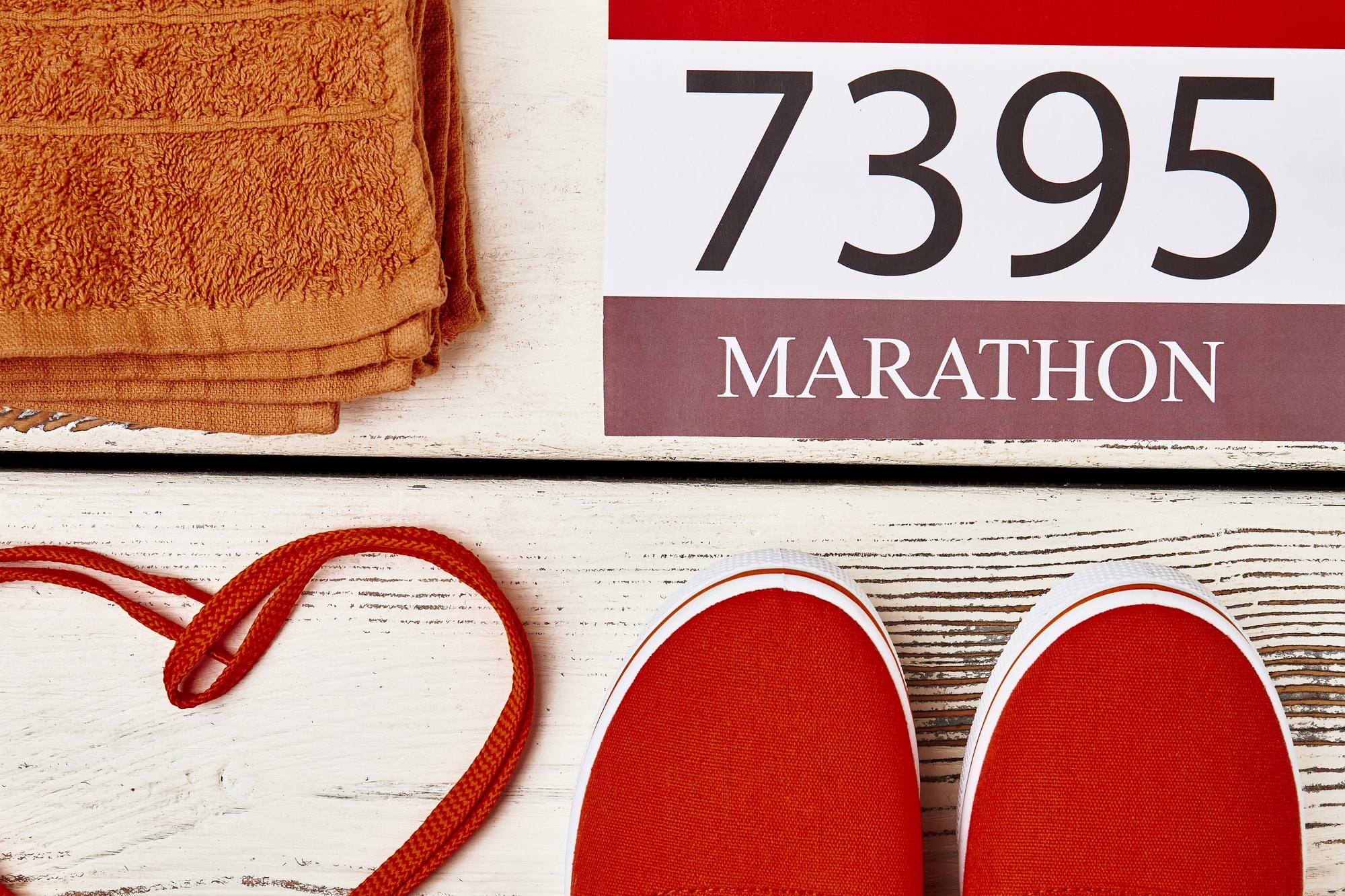A recent article in Journal of American Medical Association or JAMA says the risk of cardiac death from Marathon running decreased by 50 % due to a faster response time of cardiopulmonary resuscitation (CPR), and immediate access to an Automated External Defibrillators (AED). This is important with a 3-fold rise in popularity with 29 million people competing in Marathons over the past ten years.
Is the rate of cardiac arrest during Marathon running also going down?
Interestingly, the answer is No. Despite advances in early detection and treatment of coronary artery disease or heart disease, and new tests to identify genetic heart disease that can cause sudden death including hypertrophic cardiomyopathy (abnormal thickening of the heart) or prolonged QT syndrome, a rare life-threatening heart rhythm, the rate of sudden cardiac death has stayed the same over time.
RACER or Racer Associated Cardiac Arrest Registry looked at this question over the time frame from years 2000 to 2009 and when compared to current data from 2013 to 2023 found no difference in the number of runners suffering a cardiac arrest however did find that those who had a cardiac arrest 50% or half survived. The main difference is faster emergency response times and widespread use of immediately available defibrillators to “shock,” lethal rhythms back into rhythms compatible with life.
This same effect is being seen in airports, and casinos where defibrillators or AED devices are now in widespread use allowing bystanders to respond immediately while waiting for the “911,” emergency response. The AED will be able to detect the exact heart rhythm and apply a “shock,” with the help of the bystander guiding the paddles.
What are the risks for sudden Cardiac Arrest while running?
The good news is the risk for sudden cardiac arrest is low in Marathon runners estimated at 0.54 people per 100,000. This translates into about 1 death when combining the total number of runners that competes in the New York City and Chicago Marathon each year.
Risk factors have not changed based on the older RACER study in the New England Journal of Medicine from 2000-2009 compared to the newer study in 2013-2023 with higher risk for cardiac arrest and death in men, longer race times, and better survival if the initial heart rhythm is ventricular fibrillation, a “shockable,” rhythm, and if the runner has a history of running long distances in previous races implying higher endurance.
In those patients where the cause of death was uncertain toxicology found caffeine, stimulants, and amphetamines that may be contributing factors. Runners are also exposed to hyperthermia or overheating, and a condition of too much water drinking excess called hyponatremia (low salt in the body), that can present with the sudden onset of seizure but not usually cardiac arrest.
When underlying causes for cardiac deaths was able to be determined the majority was due to coronary artery disease or blockage of the heart vessels and some experts speculate is due to excessive “demand,” when strenuous exercise is put on the heart that exceed its ability to pump blood to the rest of the body. When this happens, there is a mismatch between demand and supply of oxygen and in the right scenario, such as, unknown heart disease may lead to cardiac arrest and collapse.
However, despite similar rates of cardiac risk factors and cardiac arrest there was an astounding improvement in survival from 2013 to 2023 due to faster CPR response times and immediate availability of AED devices or defibrillators with the death rate down to 34 % compared to 71 %.
How do bystander Automated External Defibrillators save lives?
Cardiac arrest is when a person’s heart suddenly stops beating unless treated within minutes, the person usually dies because blood is not being pumped to the brain and other parts of the body.
An AED or automated external defibrillator is a portable battery-operated device that a bystander can use when trained. It checks the heart rate and sends an electrical “shock,” to the heart to restore a normal rhythm. It’s now available in malls, casinos, airports, and near Marathons just to list a few. Studies show that calling 911 about a cardiac arrest can take an estimated 4 to 10 minutes for EMS to arrive with a 67 % higher survival when a bystander delivers the first shock.
Any last advice on Cardiac Arrest in Marathon runners?
With rising popularity Marathon running likely driven by heightened public awareness of the health benefits of regular exercise we need to be mindful that it’s not without risk but relatively fairly safe with a lower risk of sudden cardiac death than in the past due to faster CPR respond time and widespread use of defibrillators especially by bystanders.
So, if you are considering running in a Marathon, it’s important to keep up with your annual checkups with your doctor, prior stress or heart testing if you have risk factors for heart disease, additional testing if you have family history of sudden cardiac death, and to avoid stimulants like caffeine right before your run.
If you have questions AskDoctorH we are here to help.




 Have Questions? AskDoctorH
Have Questions? AskDoctorH